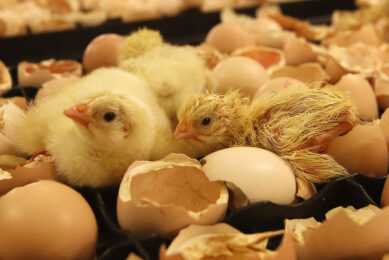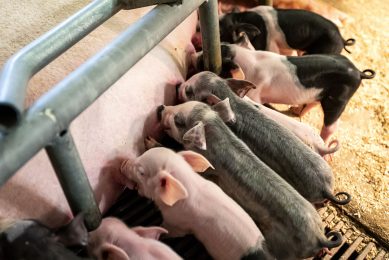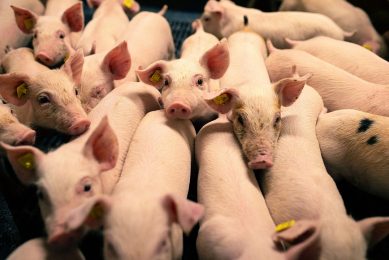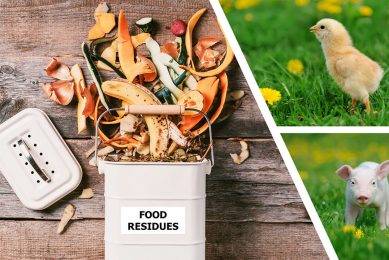How to best feed the orphaned foal
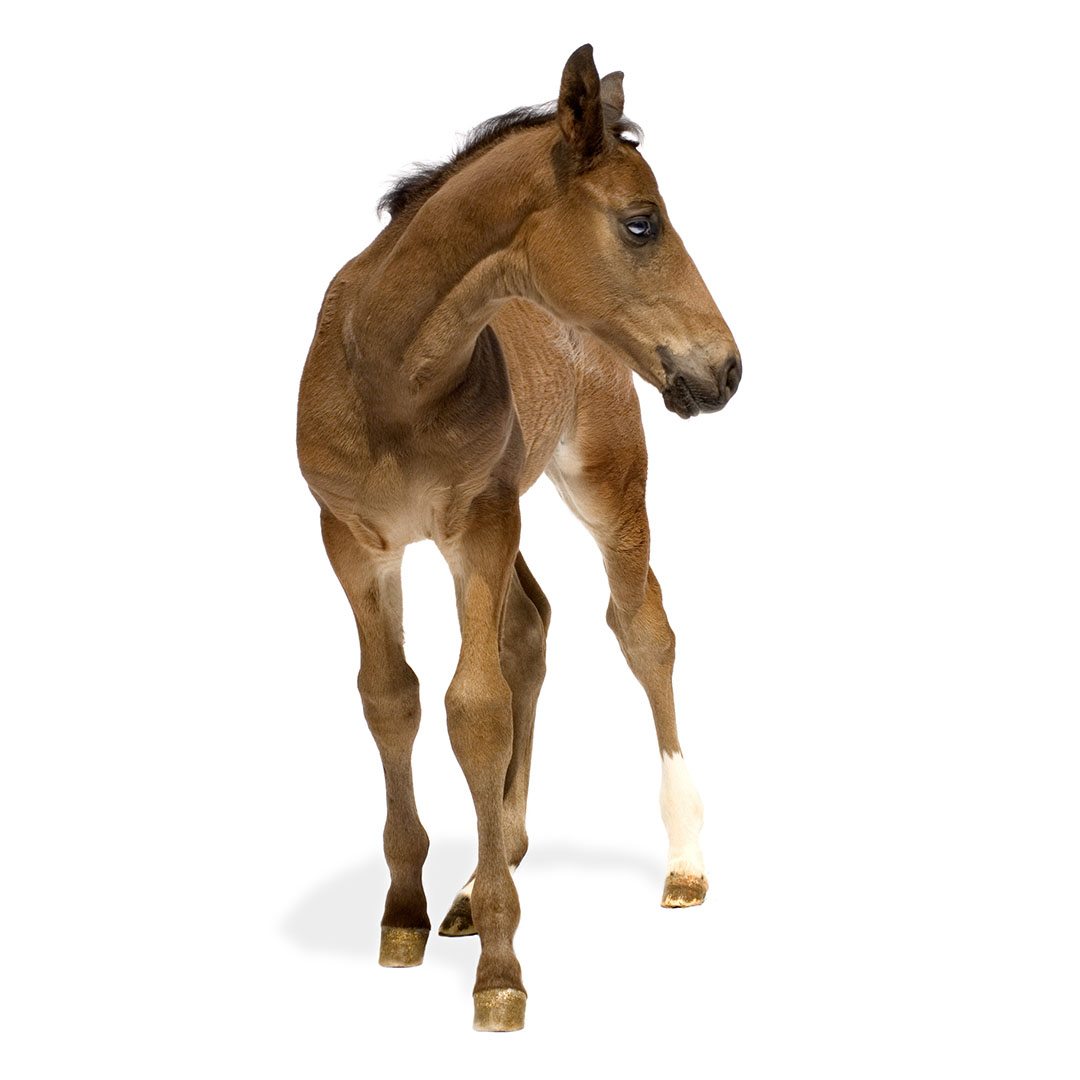
Foals are dependent on a milk-based diet for the first 3 to 4 months of life. If they are orphaned during this period they require appropriate nutritional and behavioural management.
In order to meet the needs of these orphaned foals it is necessary to understand the metabolic requirements of the foal and the composition of mares’ milk, say researchers in their paper: Nutritional management and practical feeding of the orphan foal, published in Equine Veterinary Eduction.
Kathleen Crandell, Ph.D., a nutritionist with Kentucky Equine Research (KER) explains: “Mares usually produce first-rate colostrum and milk, sometimes at the expense of their own body condition and health if they are not being nourished properly.” Unsurprisingly, the milk of mares provides the best nutrition for foals, while milk from other species is never quite as good. Much of this is due to nutritional composition.
More whey in horse milk
In terms of protein, a nutrient necessary for optimal growth, mare’s milk is similar to both cow’s and goat’s milk in total crude protein. However, not all proteins found in milk are the same, explains Crandell. Mare’s milk surpasses cow’s milk with respect to whey, as mare’s milk contains about 40%, approximately double that of cow’s. Whey is thought to be better absorbed in the gastrointestinal tract than casein. Cow’s milk or similar products (e.g. skim milk powder) are, therefore, not an ideal substitute for foals, because they do not contain the whey protein profile of natural mare’s milk. The quantity of casein is about half that found in cow’s milk. The predominant carbohydrate in horse milk is lactose. The mineral content of mare’s milk is low compared to the milk of other species. Mineral concentration peaks during the first seven to ten days of lactation and then falls gradually.
Monitoring over long term
The researchers from the paper address that the best option for orphaned foals is to give them short‐term, emergency feeding (frozen or powdered colostrum) of the foal while a long‐term option is sought. Long‐term options include use of a foster mare, induction of lactation in a parous, barren mare or hand rearing with suitable equine company. It is important to monitor growth and development of these foals to ensure that over the long term their nutritional needs are being met to allow normal growth and development. In an older paper from 2006, the author writes that other options include feeding a replacement formula using a bottle or bucket. There are excellent milk replacements on the market that enable us to feed an orphan foal to weaning age with excellent body development. However, prolonged bottle feeding of an orphan foal often results in a horse with poor social skills that can interfere with its future use.
Mares require special consideration
Mares that don’t produce enough milk for the foals is also a problem. In this case it is key to pay attention to feed the mare optimally before and after foaling. “Meeting the nutritional needs of a pregnant or lactating mare is not difficult; however, mares require special consideration, particularly an elevation in calories to support fetal growth and milk production at key points in the breeding continuum,” explained Crandell.
Source: KER




